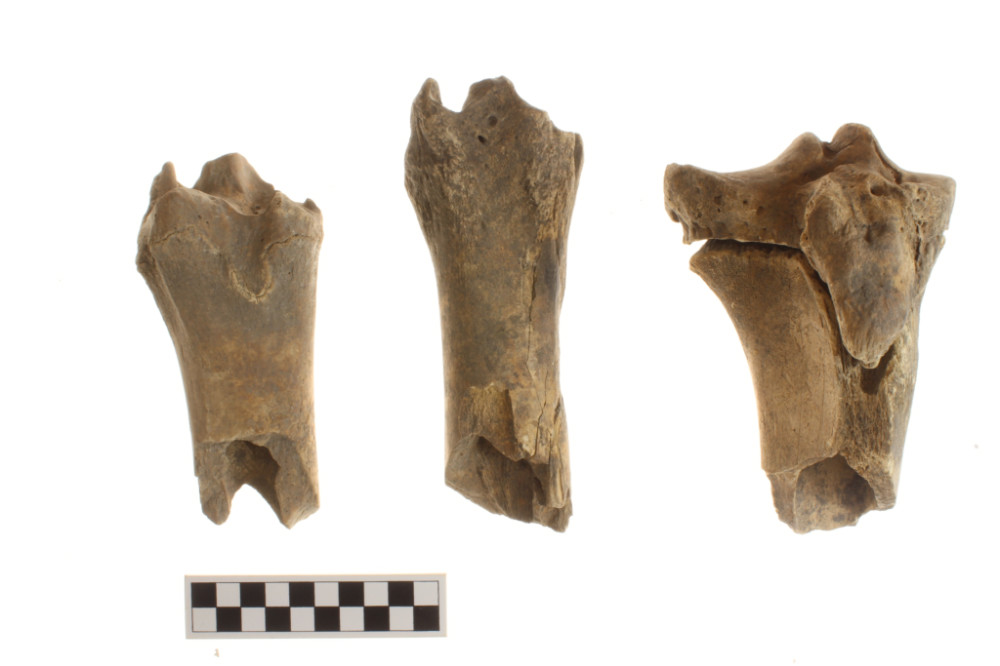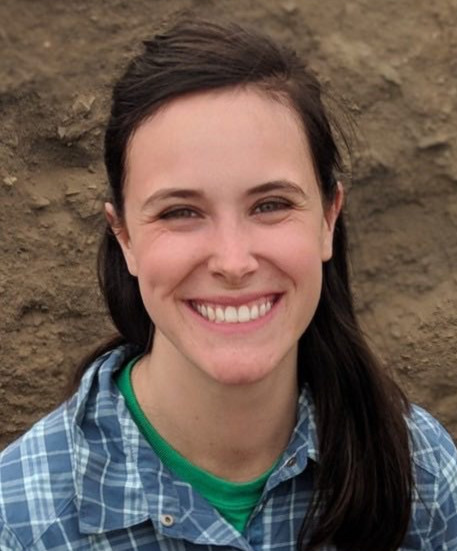
The Bones of a Culture

For generations broad swaths of the public assumed that Indigenous people living in California’s Spanish missions had abandoned their traditions. Trouble was, it wasn’t true.
“Over the past 20 years or so, archeology and specifically archeology in California, has begun to refute this one erroneous and one-sided story of the loss of ‘authentic’ or traditional Indigenous culture following the Spanish Mission Period,” said Sarah Noe, a graduate student in UC Santa Barbara’s Department of Anthropology.
In a paper in the International Journal of Historical Archaeology, Noe adds to the growing body of knowledge that highlights the resilience of Native Californians throughout the Mission Period, actively maintaining technological, subsistence and religious practices despite the hardships of the time.
In her research, Noe examined food refuse in Native Californian living quarters at Mission Santa Clara. The remains consisted of highly fragmented bones — a distressing sight given that they generally reveal little more than whether they’re mammalian, bird or fish, she said.
But looking closer she noticed that the majority of the larger bone fragments were from cattle and were surely broken purposely. That was a key insight because, she said, the extraction of marrow and grease is often used as an indicator of dietary stress and starvation, especially in archaeological studies of agriculturally based people that primarily rely on cattle meat.
What’s more, the extraction of marrow and grease from animals has been well documented prehistorically in much of California.
“For example,” Noe said, “in some of my previous work in Iceland, there was evidence of marrow and grease extraction from cattle bones from settlements of people who were starving and required every last nutrient from animal carcasses to survive.”
However, the extraction of marrow and grease from animals has been well documented prehistorically in much of California as simply a step in food preparation — marrow and grease were consistently extracted from fragmented deer and elk bones. Thus, rather than an indicator of dietary stress, Native Californians throughout the Mission Period continued to traditionally prepare their Spanish-style meals by fracturing mammalian bones to extract marrow and grease.
Understanding the continuity of Native Californian persistence in the face of colonialism matters, she said, because it counters the erasure narrative that has been the center of popular history for so long.
“The persistence of Native Californian lifeways and traditions from precontact to the colonial Mission Period to modern times has been thoroughly discussed by scholars,” Noe said. “Nevertheless, much of this research and information has yet to be broadly understood and accepted by the general public. Educational resources and historic sites still present the story of acculturation and extinction, despite the wealth of evidence against such statements.
“The necessity of additional scholarship thus stems from the need to rewrite these perceptions,” she continued, “providing additional research fully refuting the story of the complete loss of Native Californian lifeway during the Mission Period and instead highlighting the undoubted persistence of many practices that link the past and present in a dynamic but unbroken trajectory.”



